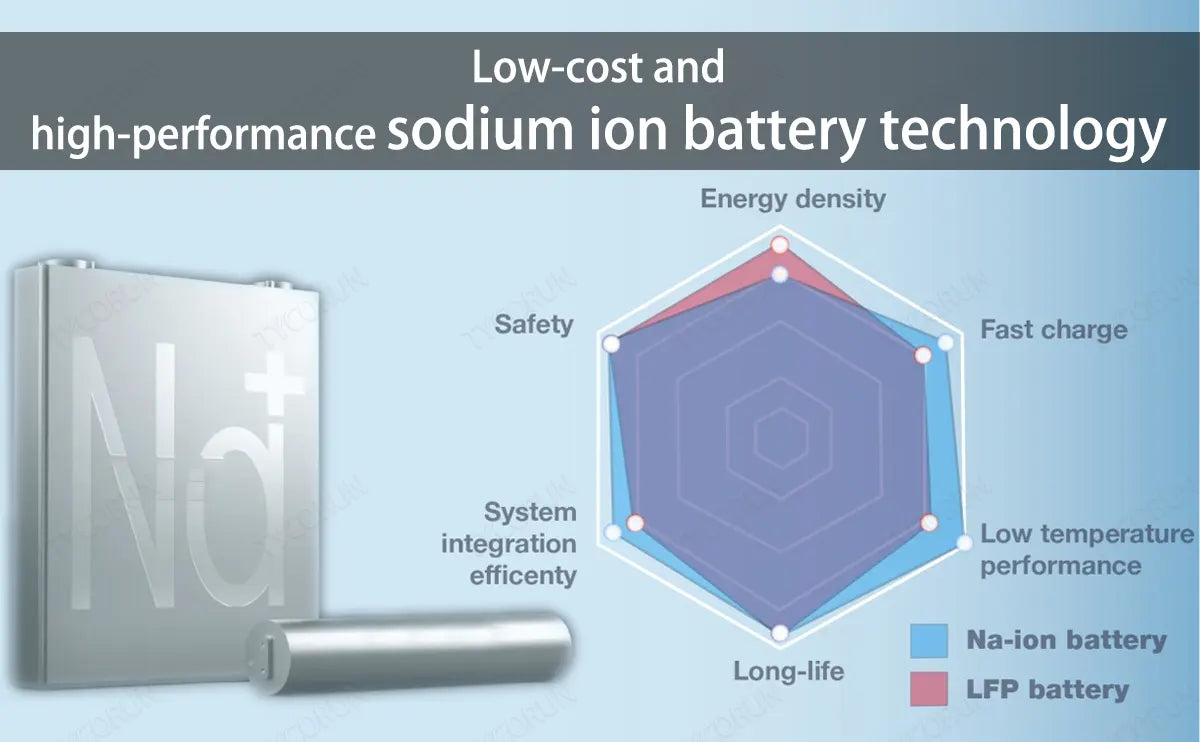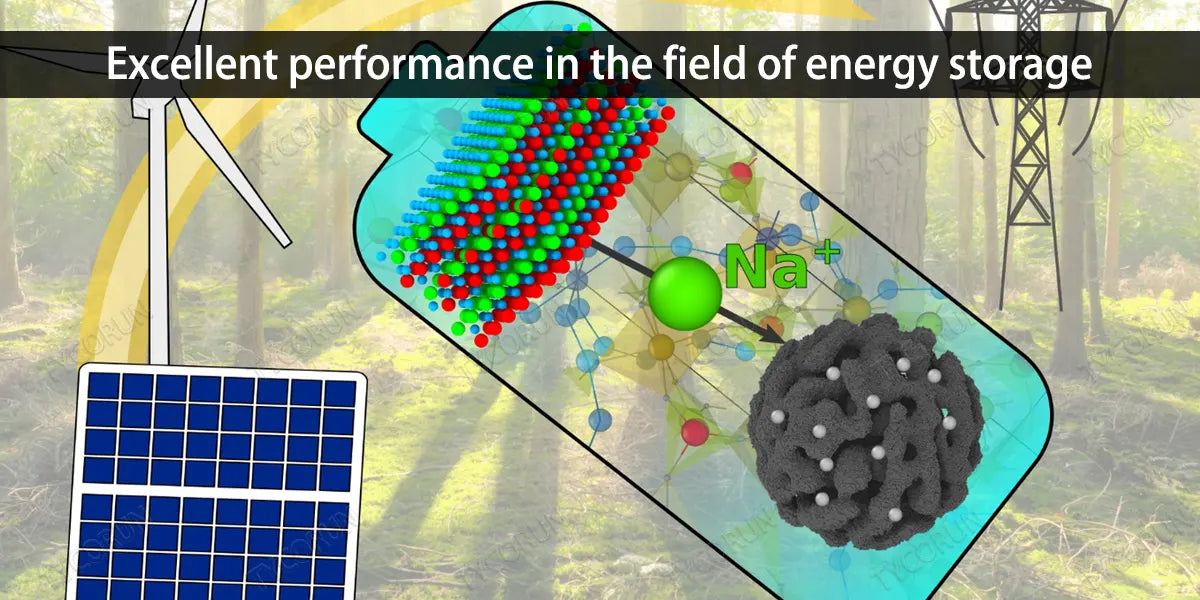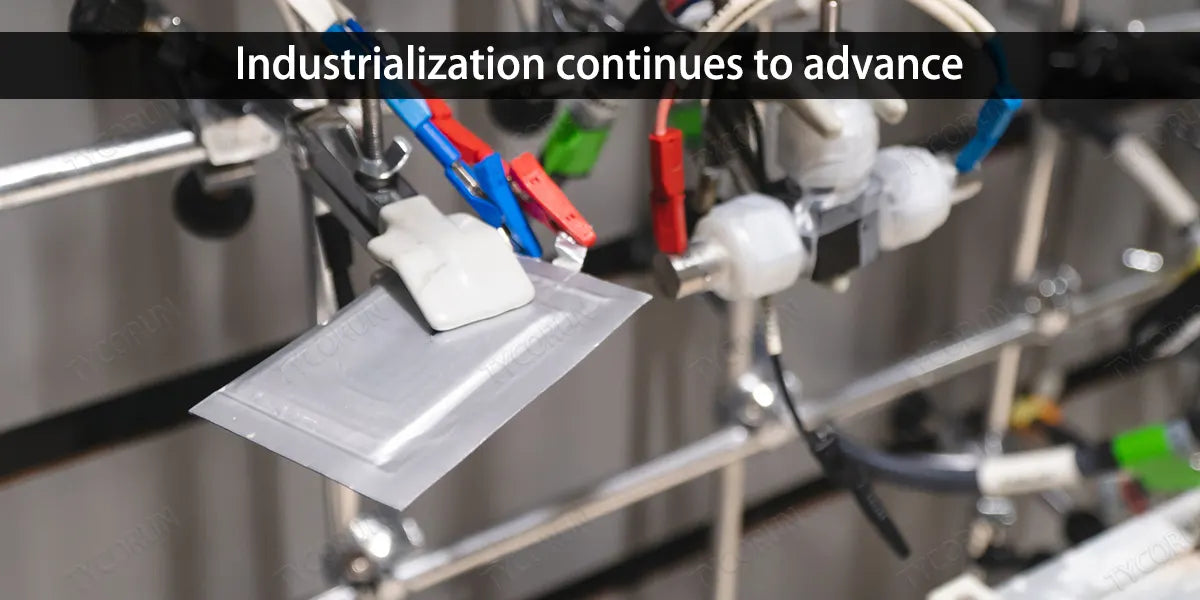
Main content:
The global market for electrochemical energy storage continues to grow. Electrochemical energy storage has shown a rapid development trend in recent years due to its advantages of a short construction period, high energy conversion efficiency and relatively mature industrial chain.
According to different application scenarios, energy storage can be divided into power side energy storage, grid side energy storage, user side energy storage, etc.
1. Performance in clean energy
Energy storage on the power supply side mainly plays the functions of smoothing the fluctuation of new energy output and frequency regulation.
The configuration of energy storage can effectively reduce the waste light and exhaust wind rate, smooth the output power curve, and improve the economic benefits of new energy projects.
Grid-side energy storage mainly provides system backup and delays the blockage of power transmission and transformation equipment.
From the perspective of the power grid, energy storage products can effectively participate in auxiliary services in the power market (including frequency and peak regulation, reactive power regulation, etc.).

- The home energy storage is mainly to improve power quality, frequency regulation, and participate in demand-side responses.
- The household savings market is growing rapidly.
- The stability of electricity consumption promotes the development of the household storage market.
- With the frequent occurrence of disasters, the demand for electricity stability promotes the development of household storage.
- Household electricity consumption is high, and the economy is clear.
2. Excellent performance in the field of energy storage
The main advantages of sodium ion batteries are:
● Resources are abundant and evenly distributed
The abundance of sodium in the Earth's crust is 2.3%, ranking sixth among all elements, significantly higher than lithium at 0.0017%. Sodium is widely found in the form of salt on land and in the sea, and it is easy to obtain.
● Sodium ion batteries have a low cost
The price of raw materials is lower. At the same time, replacing copper foil with aluminum foil can also reduce the overall cost of battery cells.
● Good low temperature performance
The normal working temperature range of sodium-ion batteries is -40°C–80°C, and the capacity retention rate of some products can reach 88% at -20°C, which is significantly better than the capacity retention rate of about 60–70% of lithium iron phosphate.
● High level of security
After the sodium ion battery underwent short circuits, acupuncture, extrusion, and other tests, there was no fire and no explosion. There is no over-discharge of sodium ion batteries, and the cathode can be discharged to 0V without affecting subsequent use, which makes the battery safer during storage and transportation.
Sodium ion batteries can be divided into oxides (layered structure and tunnel structure), Prussian blue, fluorinated phosphates, phosphates, sulfates, etc. according to the different cathode materials. Among them, layered oxides, polyanions and Prussian blues are the three main cathode routes.

The three solutions have their own advantages and disadvantages, and it is expected that the technical route will still show a diversified development trend in the short term.
The structure of layered oxides (sodium ferric manganate, sodium ferrite titanate, etc.) is similar to that of ternary materials for lithium battery, and has the advantage of excellent energy density, but the cycle life is slightly poor.
The advantage of Prussian blue compounds is low cost, and the disadvantage is poor conductivity and poor cycle life. The polyanionic configuration has excellent cycle life and high voltage, but the specific capacity is low, and the cost of adding vanadium elements to some configurations is high.
3. Multiple application scenarios
Top 10 sodium-ion battery companies in the world have a long history and work on the same principle as lithium ion batteries. Technology has been applied through industrialization and promotion. From the material system point of view, except for the separator, sodium batteries and lithium batteries have obvious differences in other material components, especially cathode and anode materials.
In terms of production process, the production process is similar to that of lithium batteries. It is expected to achieve rapid application in energy storage, two-wheeled vehicles, low-speed electric vehicles, special vehicles and other fields.

In the energy storage market, sodium batteries have low cost, high safety, and excellent low-temperature performance. The sodium oxide layered battery has excellent energy density, and the sodium polyanion battery has excellent cycle life.
Therefore, it can effectively meet the needs of the front-meter energy storage and residential energy storage markets. In terms of two-wheeled vehicles, sodium batteries are expected to replace lithium batteries(like 12v battery) or some lead-acid batteries with their low cost and excellent low temperature performance.
In special vehicles, sodium batteries have a low cost and relatively low energy density compared to lithium-ion, allowing them to function as a counterweight in certain scenarios.
4. Industrialization continues to advance
The top 10 lithium battery companies in the world have increased the deployment of sodium batteries and launched corresponding products and services for energy storage scenarios. In July 2021, CATL released its first sodium battery product, which is expected to be industrialized in 2023.
The company has a cross-border sodium battery layout to accelerate the progress of industrialization. Industrialization of sodium batteries is accelerating, and the future of the 100 billion market is promising.

We expect the global sodium ion battery market demand to reach 4.5GWh in 2023 and 71.6GWh in 2026, with a compound annual growth rate of 152% from 2023 to 2026.
5. Conclusion
Optimize the business model and increase the economics of energy storage projects. In the context of the strong allocation policy, local governments have proposed policy subsidies to optimize the economics of energy storage projects.
At the same time, business models such as shared energy storage are proposed, and the mode of serving multiple power generation projects can reduce the initial construction capital expenditure of new energy projects, improve the efficiency of resource utilization, and optimize the economy of distribution and storage.
Related articles: sodium ion battery price, 18650 battery, battery store near me
















